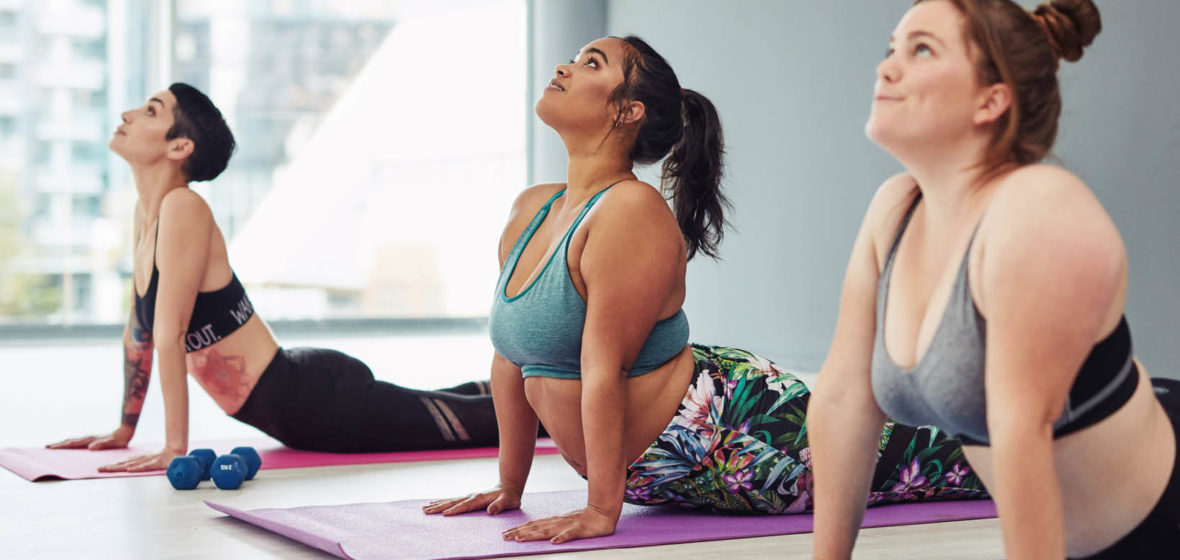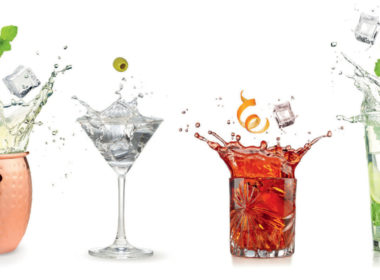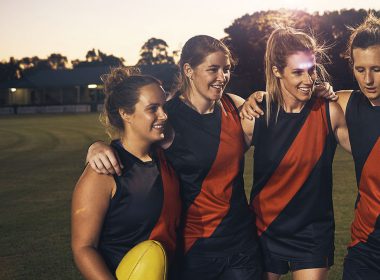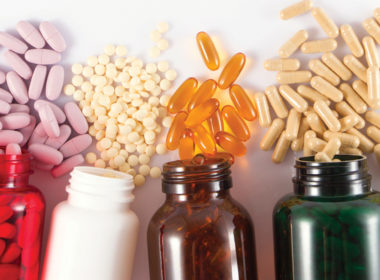“When you’re recovering there’s a vulnerability in organs like your heart. If there’s even a mild degree of heart inflammation related to the viral infection, that can lead to issues.”
So, you tested positive and have since recovered in isolation at home – when should you return to training?
It was supposed to be the “hot vaxxed summer” of 2021-22; a celebration of lockdowns ending and the return of pubs, partying and family reunions. Instead, many NSW residents found themselves isolating or struck down with COVID-19 amid a surge in cases over the festive season.
It seems everybody knows somebody who has had it. If you’re one of the unfortunate people who did come down with illness recently, how soon can you return to your regular exercise?
Don’t go too hard too soon
You’ll need to stay home for at least seven days under the Public Health Order in NSW, and you may wish to avoid the gym for a few days after that in case you are still infectious (NSW Health does not mention gyms but advises you avoid “high-risk settings” like aged care and correctional facilities). While a run in the park or an outdoor workout might seem like a good idea, medical experts say you should be cautious about training too hard even if you are symptom-free.
Dr Sam Hay is a general practitioner with a background in the Army and as Chief Medical Advisor “the Doc” for Channel Seven’s SAS Australia. He warns that exerting yourself after illness can send your recovery backwards.
“Your body is already still trying to recover from the infection, so if you then overstress it and over-exhaust it, it may take a while to come back. Plus, that can drop your immune system further, which may make the remnant infection flare back up again or make you more susceptible to pick up another one,” Dr Hay says.
Some doctors believe exercising after having COVID-19 comes with additional risks beyond what other illnesses might pose, because of the potential heart inflammation – known as myocarditis – that COVID-19 may cause. While viral infections are a common cause of myocarditis, preliminary studies conducted in the US found heart inflammation may be more common following infection with COVID. Symptoms to be aware of include chest pain, high heart rate, breathlessness and palpitations and can range from mild to very painful.
“When you’re recovering there’s a vulnerability in organs like your heart, that can overstress. If there’s even a mild degree of heart inflammation related to the viral infection, that can lead to issues,” Dr Hay says.
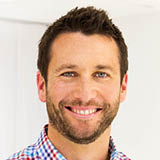 Dr Sam Hay
Dr Sam Hay
How to ease back in
Sports medicine physicians at the Hospital for Special Surgery (HSS) in New York City issued recommendations for recreational athletes returning to physical activity. Their recommendations were published in the HSS Journal in December 2020 and note that exercise should not resume if the patient has breathlessness, cough, chest pain or palpitations – and any patient with an underlying heart condition should consult a physician prior to resuming exercise, even if asymptomatic.
Dr Hay says you should be “asymptomatic for at least 10 days before returning to exercise”, then build up your fitness routine slowly – taking easy sessions with a rest day in between to avoid over-exerting or injuring yourself. (Sorry, no HIIT classes.) Whether it’s a strength or cardio session doesn’t really matter – what is more important is keeping your level of exertion and heart rate low.
Dr Hay also warns we don’t yet know enough about COVID-19 to understand the long-term impact of what has been dubbed “long COVID”.
“Every infection has the potential to cause a post-infective syndrome, such as ongoing lethargy, fatigue, tiredness, lethargy, aches, pains and so on. The classic example of a virus that commonly causes post-infective syndrome is glandular fever. Long COVID is the post-infective syndrome after COVID,” Dr Hay says.
“You can still do some walking or light activity, which is important for mental health during this difficult time. Exercise is important for burning the stress hormones and promoting happy hormones – just don’t go to exhaustion.”

